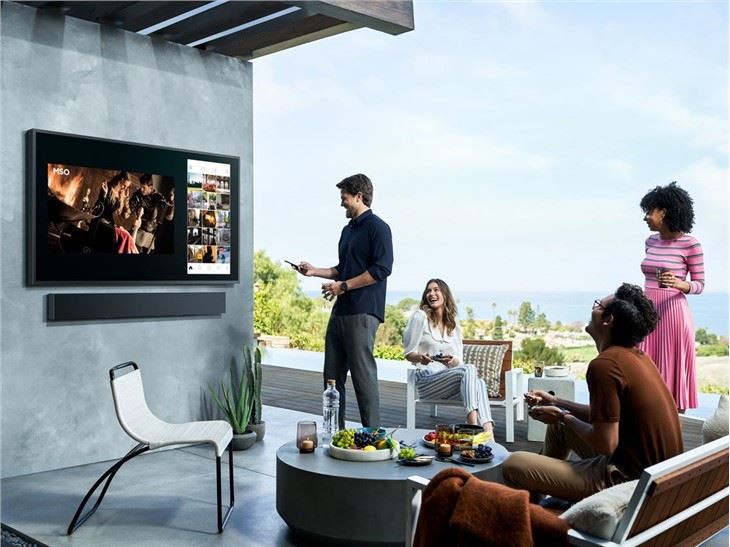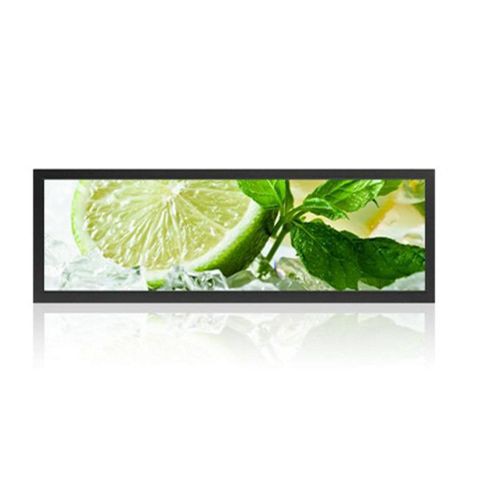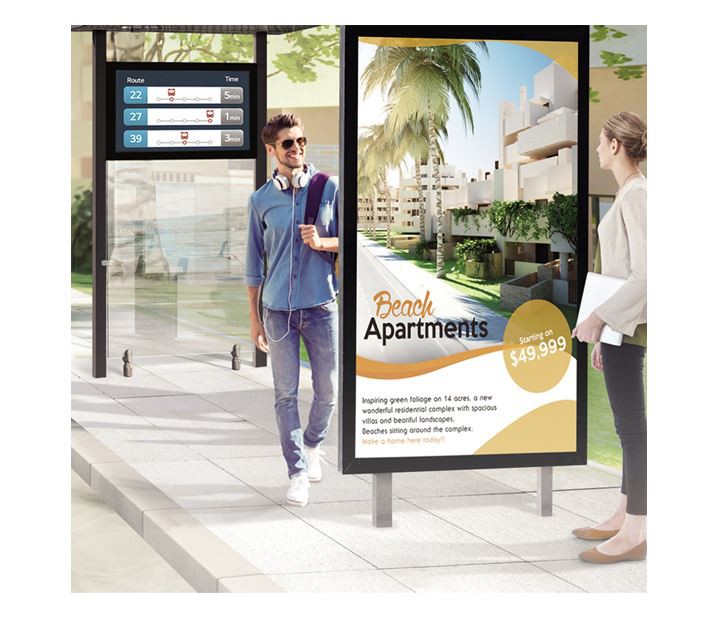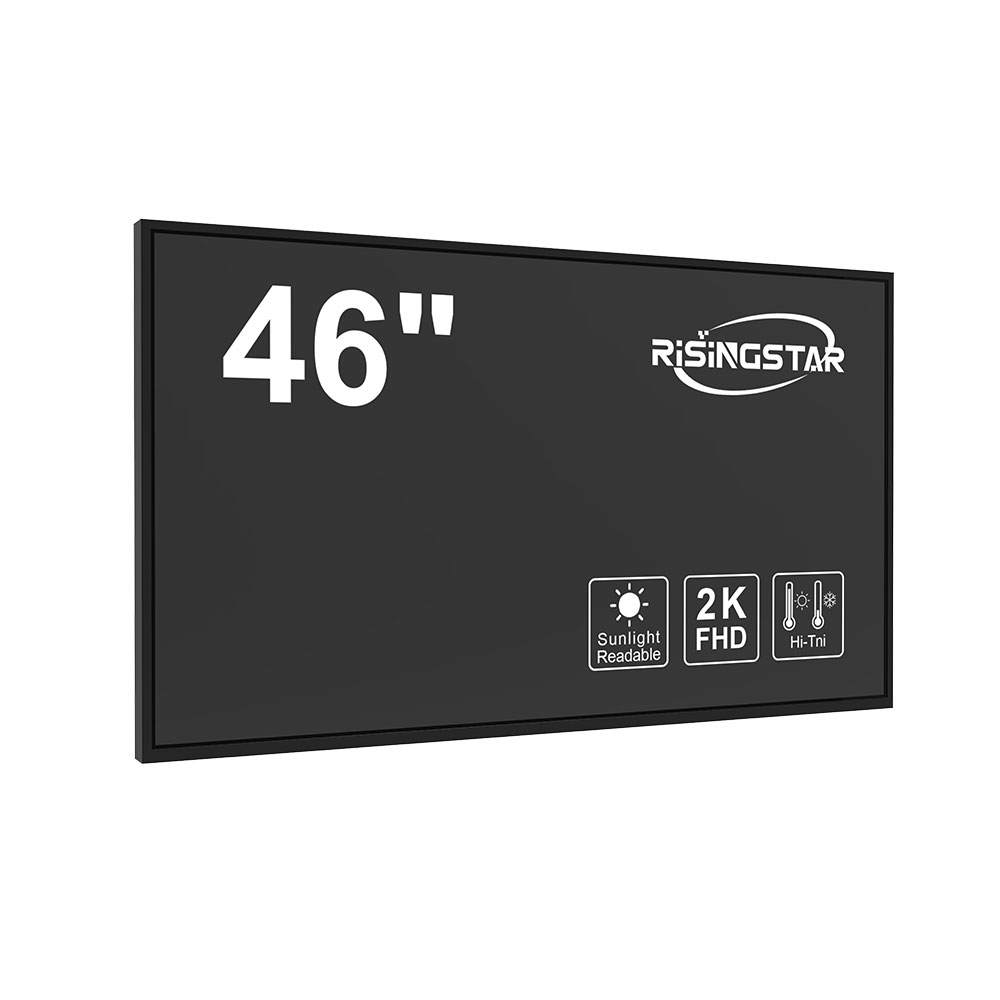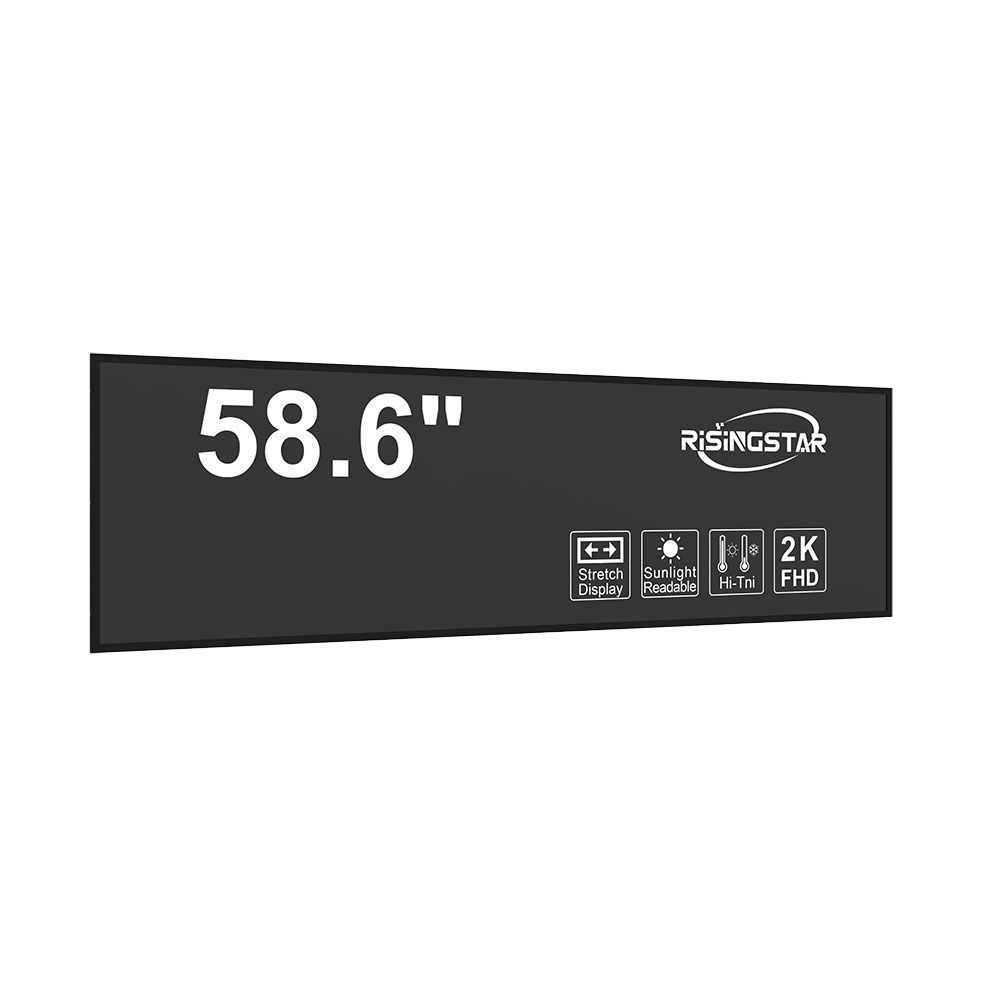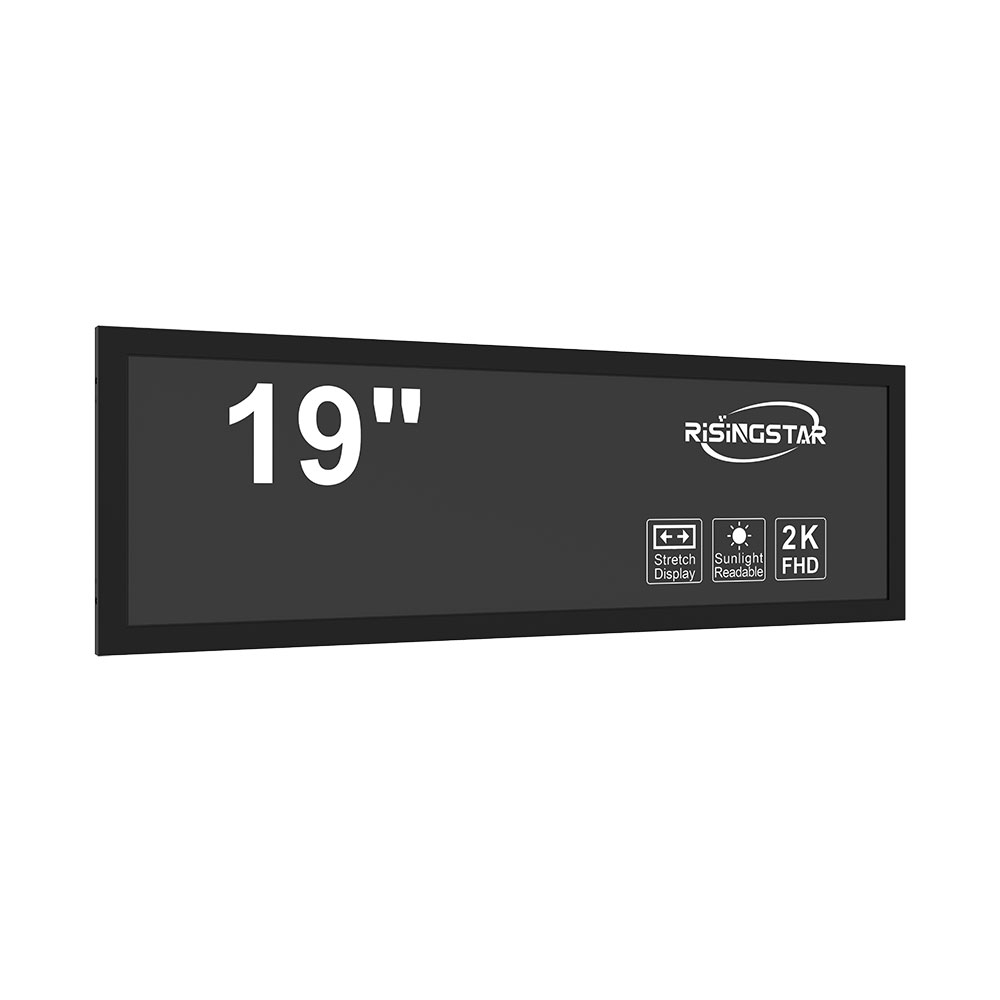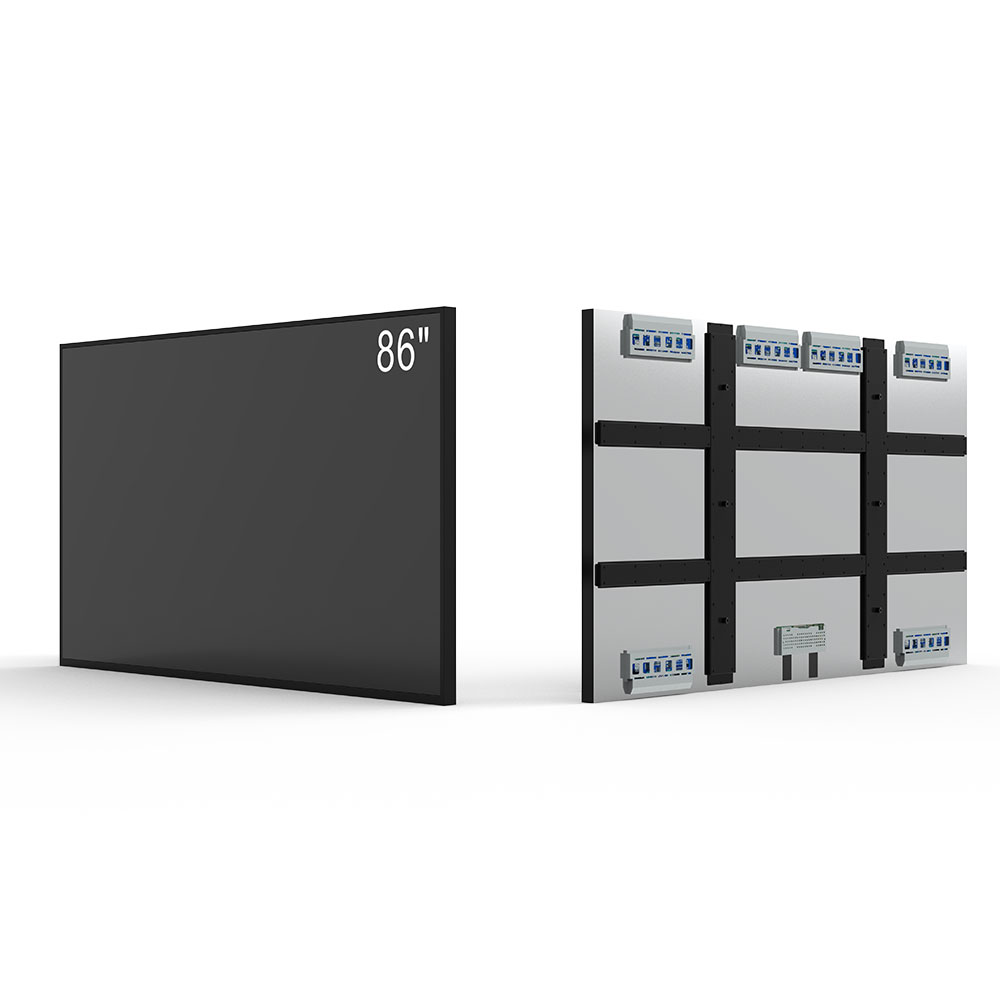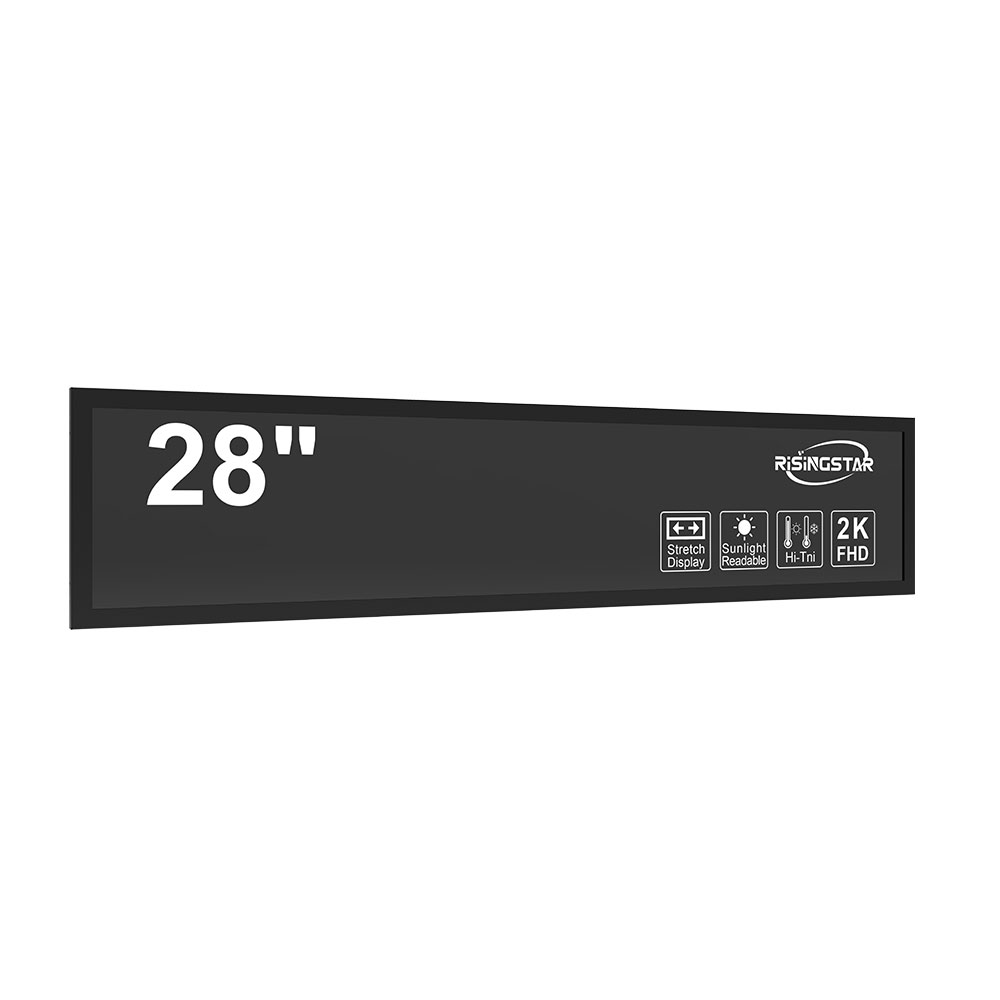High-brightness sunlight-readable LCD screens have become a critical enabler for reliable outdoor display solutions across diverse industries—from military and transportation to retail and industrial automation. These displays are engineered to remain legible under direct sunlight, where standard LCDs often fail due to insufficient brightness and contrast degradation. According to the U.S. Department of Defense’s MIL-STD-810H standards, outdoor displays must operate reliably in extreme environmental conditions, including high solar irradiance (up to 100,000 lux), temperature extremes (-20°C to +70°C), and humidity levels exceeding 95%.
The core technology behind these displays involves multiple innovations: first, ultra-high-brightness LED backlighting (typically 5,000 to 10,000 nits), which significantly exceeds the ~300–500 nits of typical indoor LCDs. This is complemented by advanced anti-reflective coatings—often multi-layer dielectric films—that reduce glare by up to 90% compared to uncoated panels. Additionally, polarized filters and wide viewing angles (178° horizontal/vertical) ensure consistent image quality regardless of viewer position—a crucial factor in public kiosks or vehicle dashboards.

Case studies from real-world deployments validate their effectiveness. For example, a 2023 field test by the European Space Agency (ESA) demonstrated that a 12.1-inch sunlight-readable LCD used in a Mars rover control panel maintained readability at 8,000 nits even during peak solar exposure in the Atacama Desert. Similarly, Samsung Display’s “Sunlight Readable” series, adopted by railway operators in Japan and Germany, reduced driver misreading incidents by 76% compared to legacy LCDs in outdoor train cab environments.
Manufacturers like Sharp, LG Display, and AU Optronics employ adaptive brightness algorithms that dynamically adjust luminance based on ambient light sensors—improving energy efficiency while preserving readability. This feature aligns with ISO 50001 energy management standards and reduces power consumption by up to 30% in intermittent sunlight conditions.
For developers and system integrators, selecting a high-brightness sunlight-readable LCD requires evaluating not only peak brightness but also contrast ratio (minimum 1000:1), response time (<10ms), and durability certifications such as IP65 (dust/water resistance). As per IEEE 1789-2016 guidelines for outdoor human-machine interfaces, these factors directly impact usability, safety, and long-term reliability in harsh environments.
These displays represent a convergence of materials science, optical engineering, and intelligent control systems—making them indispensable for mission-critical applications where visibility is non-negotiable.



